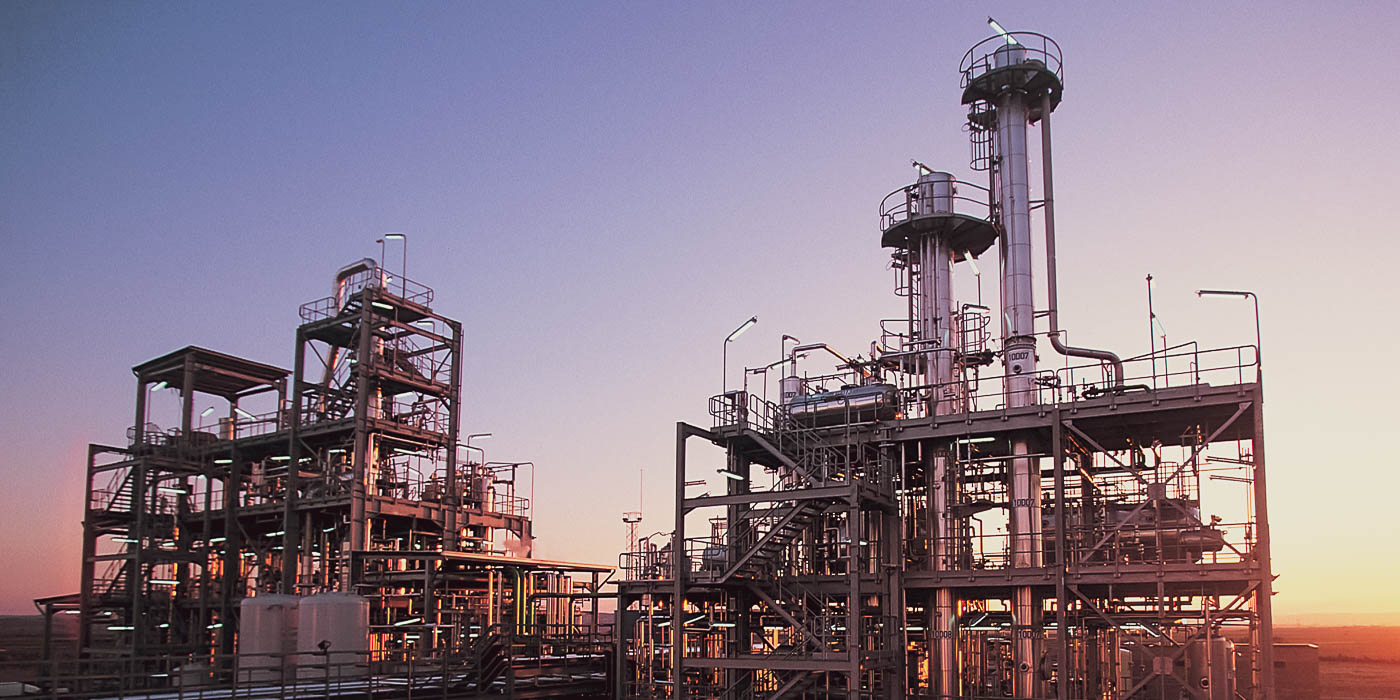Caparroso Biodiesel Plant, the resurgence of the biofuel sector

In 2005, the Caparroso Biofuel Plant began commercial production for the manufacture of biodiesel from raw and refined vegetable oils of first use such as: soybean, rapeseed, palm and sunflower oils. It was designed to produce 35,000 Tm/year, equivalent to 40 million litres of biodiesel, and 3,100 Tm/year of glycerin.
Two years later, in 2007, there was a massive influx of biodiesel from Argentina and Indonesia at prices that the Spanish industry could not compete with. For this reason, the Caparroso Plant paralyzed its biodiesel production line and intensified its glycerin production to about 3,500 Tm/year for pharmaceutical, cosmetic and food use.
However, this modification was not enough and, in mid 2013, the plant announced its final closure. 6 years after the plant’s closure, a company acquired the biodiesel plant. Before the beginning of the production, conditioning works were carried out to adapt it to the new activity to be performed.
Currently, the Caparroso Plant has two production lines: one for vegetable glycerin and the other for the production of raw material from waste oils that the refineries need to generate biofuels with hydrogenated vegetable oil (HVO – Hydrotreated Vegetable Oil).
HVO is a second generation biofuel, which is obtained from sustainable raw materials: waste oils and vegetable oils. The combination of this fuel along with diesel gives way to the production of blue diesel, a new generation of diesel that is significantly less toxic and polluting.
The fact that refineries can now use biofuels from waste to make their biofuels means that plants using this technology have a new opportunity in the sector.


 Electrical Infrastructures
Electrical Infrastructures 
 Industry
Industry Gas to Power
Gas to Power